Frequency range: 26.5- 28MHz SWR: ≤1.2:1 Max. power: 35W continuous 250W Short time Bandwidth at S.W.R. 2:1: 1900KHz Impedance: 50ohm Whip length: 1200mm Adjustment: 0~90° Cable Length: RG58/157" Po...
See DetailsWhat are the performance differences and optimization strategies of CB Antenna at high and low frequencies?
The performance differences and optimization strategies of CB Antenna (Cavity-Backed Antenna) at high and low frequencies need to be analyzed in combination with the basic principles of antenna design and the differences in signal characteristics.
Performance Differences
Frequency Response:
High-frequency signal: CB Antenna usually has better directivity and gain in the high frequency band, because the wavelength of high-frequency signal is shorter, the antenna design can be more compact, and it is easier to achieve high directivity.
Low-frequency signals: In the low-frequency band, due to the longer wavelength, the antenna size also increases accordingly, which may complicate the antenna design and increase the cost. At the same time, the directivity and gain of low-frequency signals may not be as good as high-frequency signals.
Signal Transmission:
High-frequency signal: Due to the short period and short wavelength of high-frequency signal, CB Antenna can achieve higher data transmission rate and shorter transmission delay in the high frequency band.
Low-frequency signal: Low-frequency signals have a long period and a long wavelength, and can be transmitted over longer distances, but the data transmission rate and real-time performance may not be as good as high-frequency signals.
Anti-interference ability:
High frequency signal: High frequency signal has a shorter wavelength and is relatively resistant to external interference, so it is more stable in applications such as wireless communication.
Low frequency signal: Low frequency signal has a longer wavelength and may be more susceptible to interference from the external environment, such as weather, terrain, etc.
Optimization strategy
Antenna design:
High frequency: For high frequency bands, a more compact and highly directional CB Antenna can be designed to improve gain and directivity.
Low frequency: In low frequency bands, a larger antenna design may be required to ensure sufficient signal coverage. At the same time, technologies such as multi-antenna arrays or diversity reception can be considered to improve the reliability and stability of signal reception.
Material selection:
Select suitable antenna materials such as metals and ceramics according to frequency characteristics and application scenarios. The high frequency band may need to consider the conductivity and high frequency performance of the material, while the low frequency band may pay more attention to the stability and corrosion resistance of the material.
Matching network:
Optimize the matching network of the antenna to ensure impedance matching between the antenna and the transmitting/receiving device to reduce signal loss and improve transmission efficiency.
Environmental adaptability:
For different frequency bands and application environments, design CB Antenna with good environmental adaptability, such as waterproof, dustproof, corrosion-resistant and other characteristics.
Signal processing technology:
Combined with modern signal processing technologies, such as digital signal processing, beamforming, etc., the performance of CB Antenna at high and low frequencies is further improved.
It should be noted that the above analysis is only for the general performance differences and optimization strategies of CB Antenna at high and low frequencies. In actual applications, targeted design and optimization are also required according to specific frequency ranges, application scenarios and performance requirements.

 English
English Español
Español
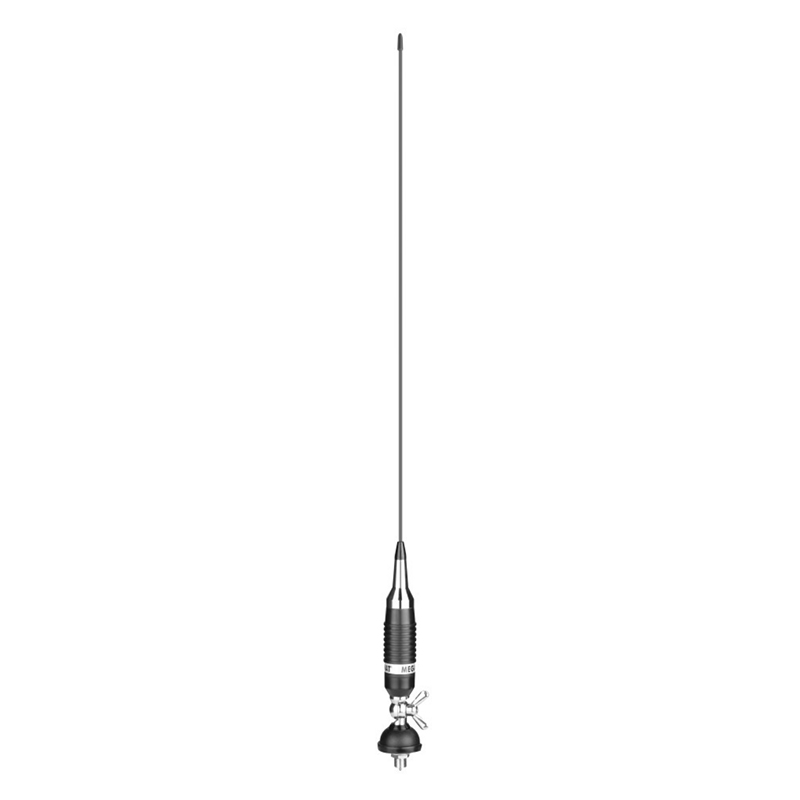
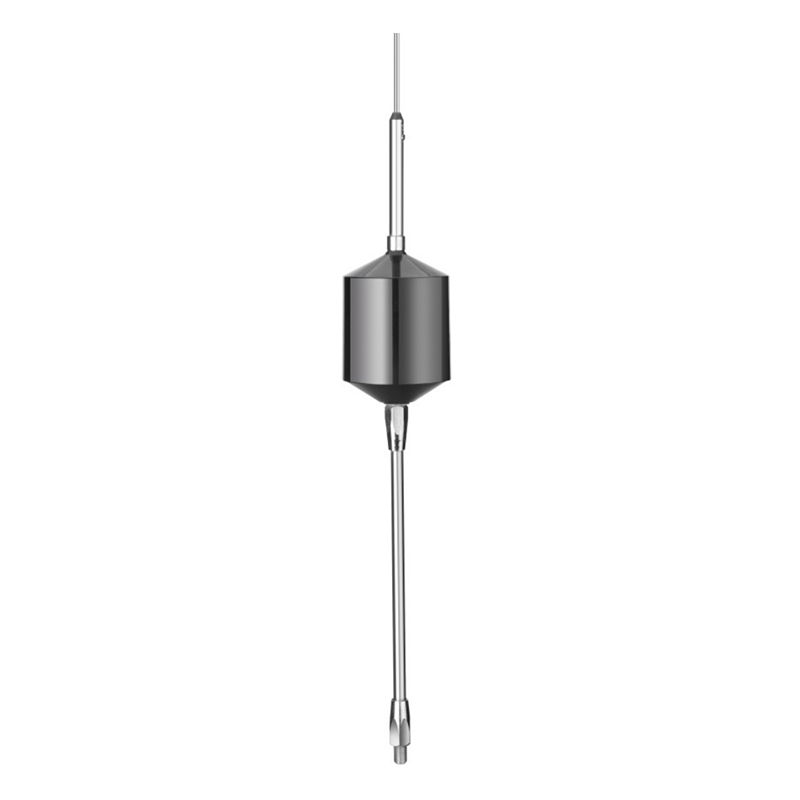

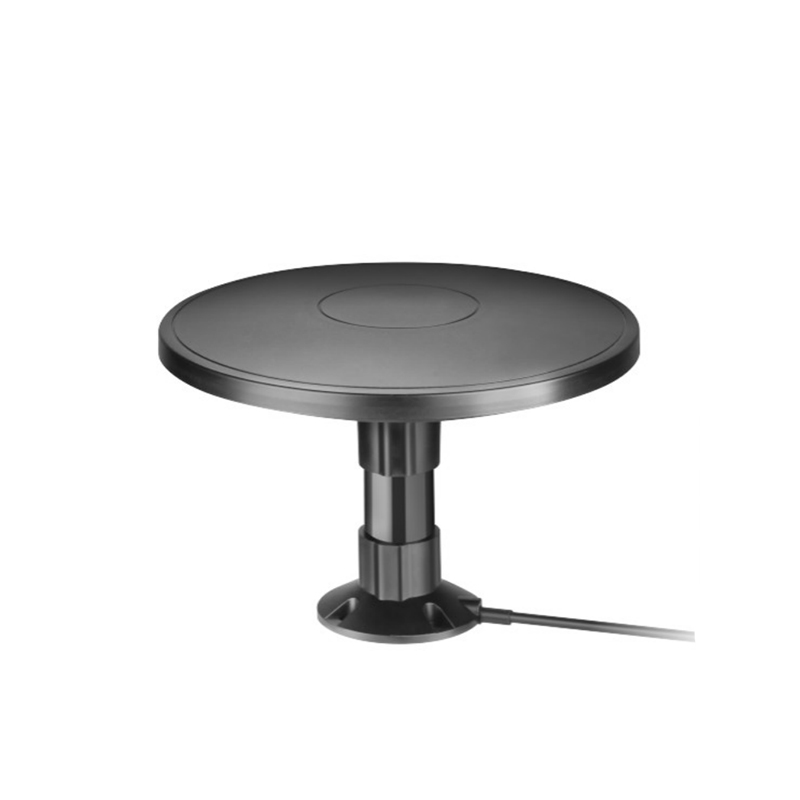
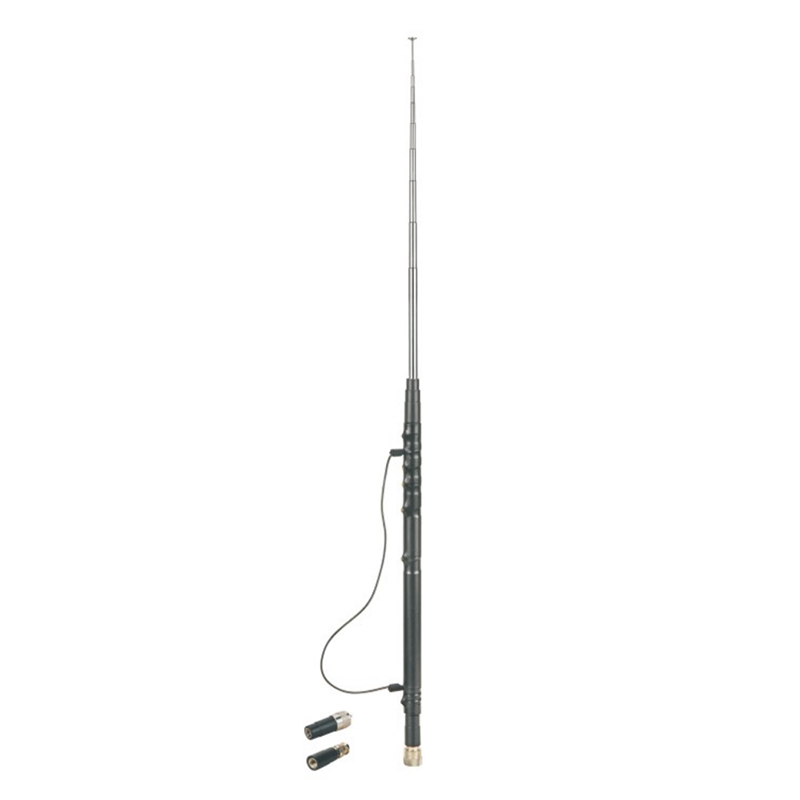

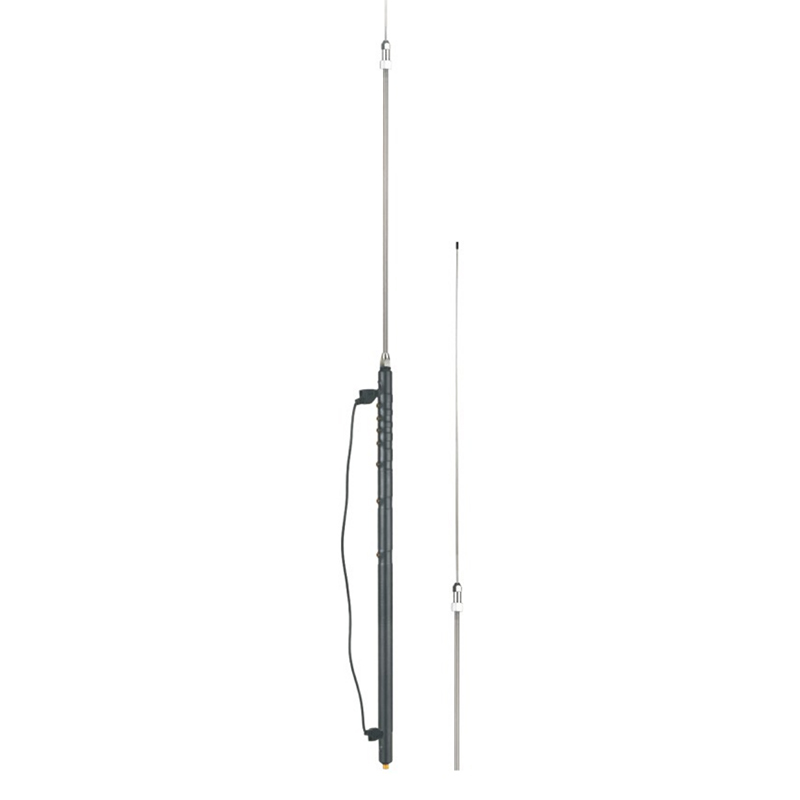
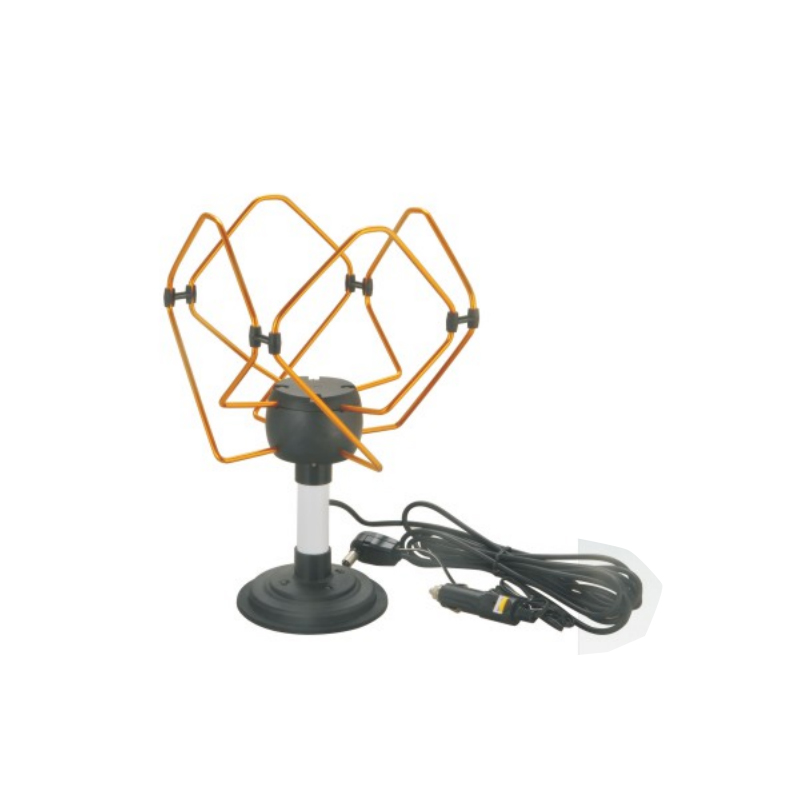
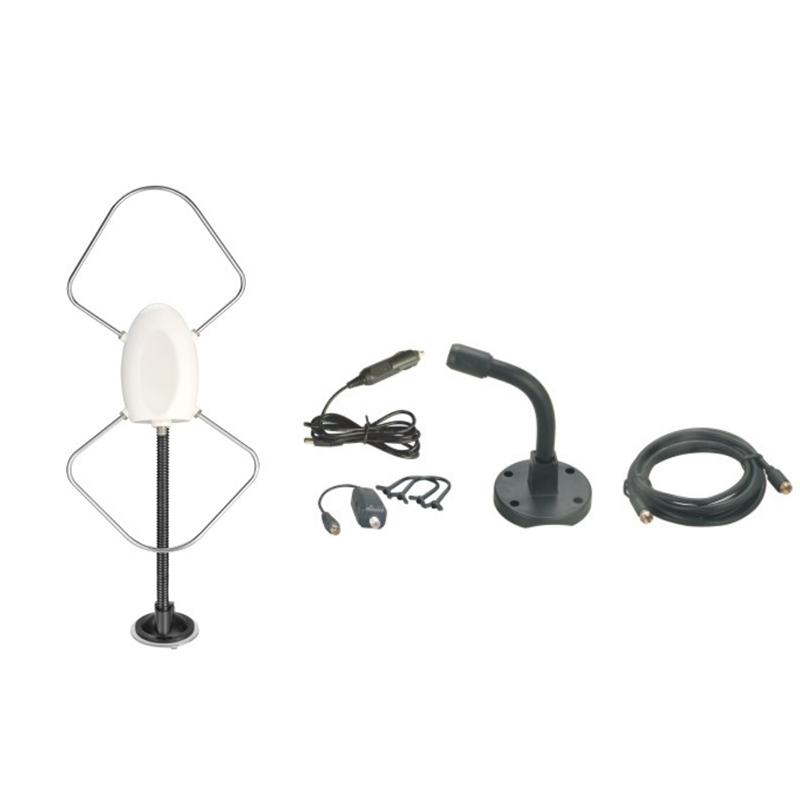
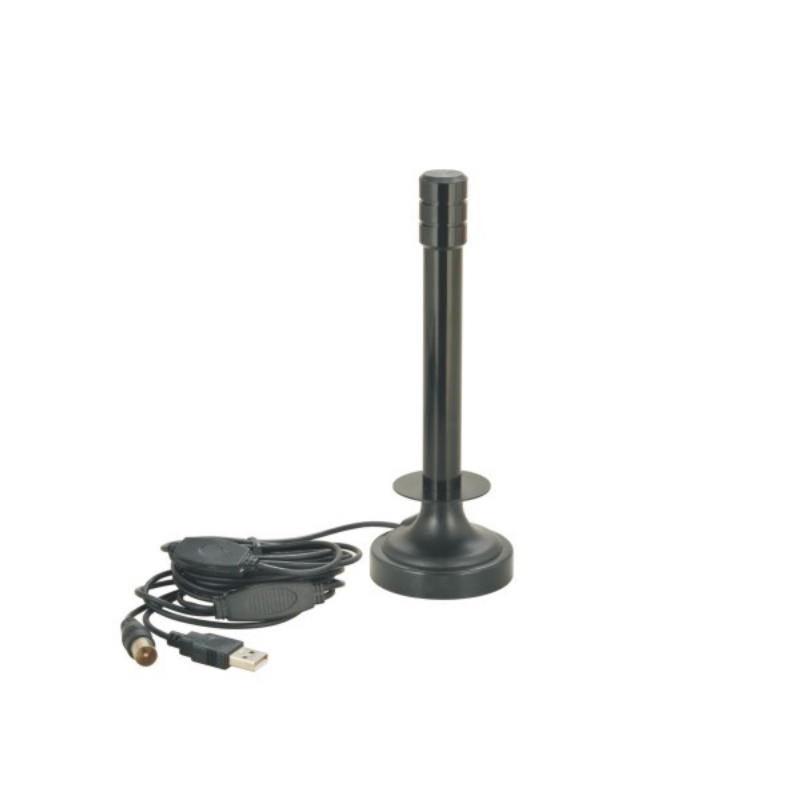
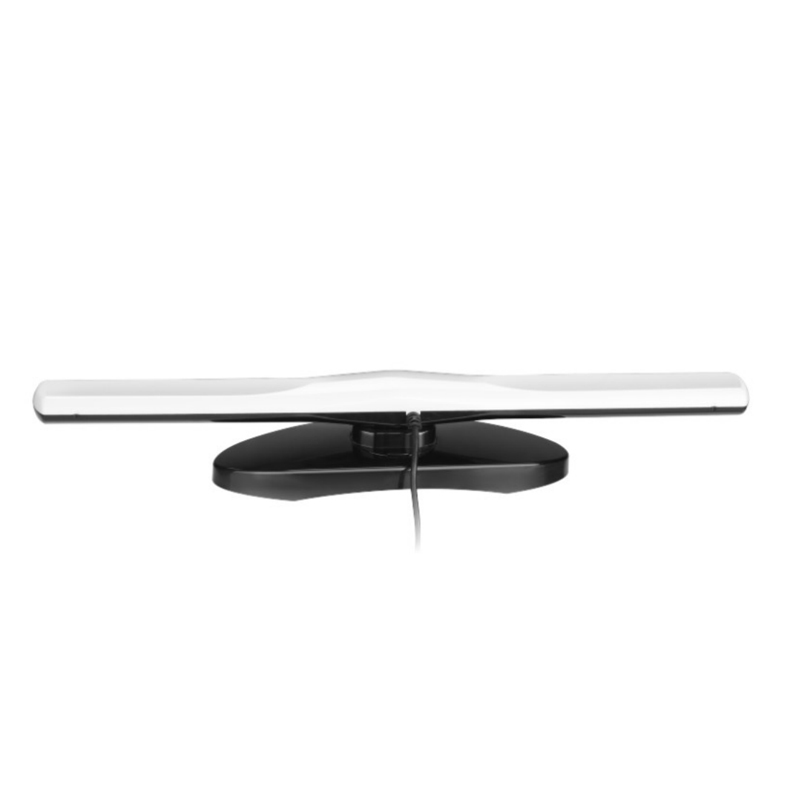
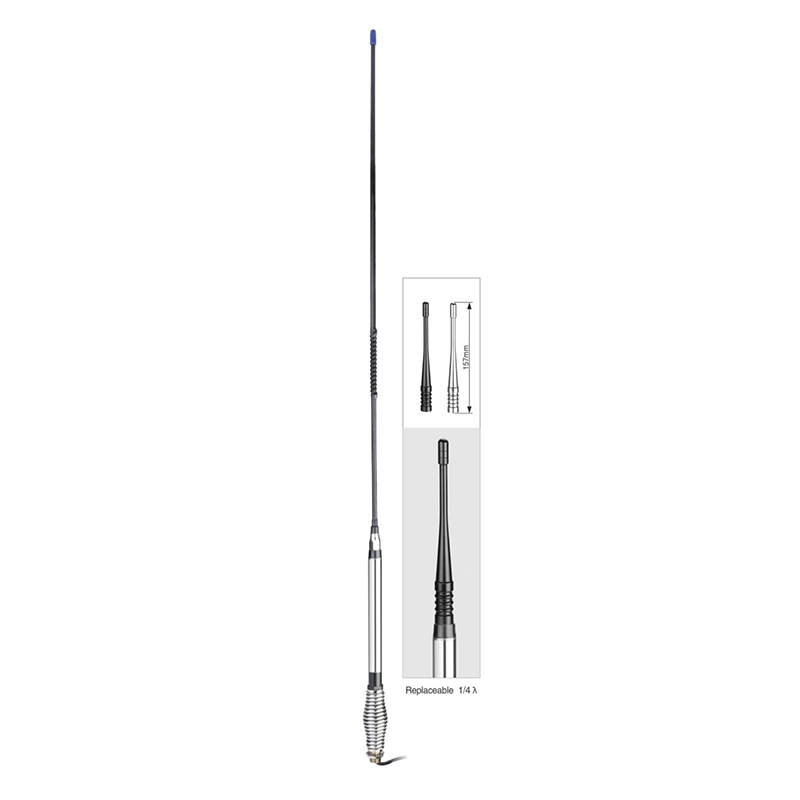

Contact Us